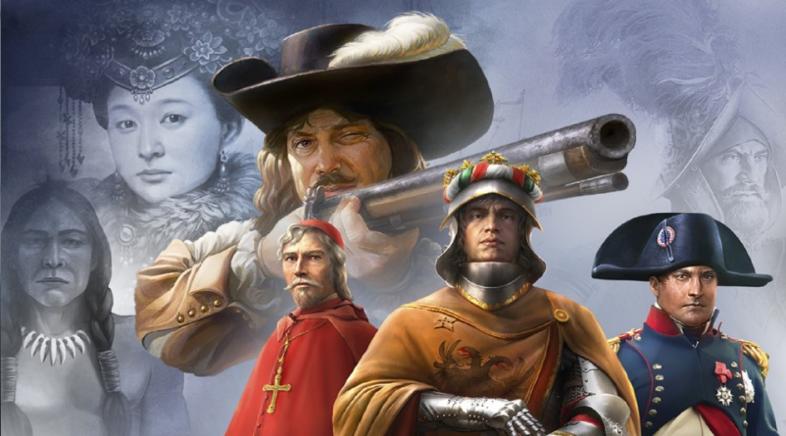
If there’s a bit of a bitter note to these EU4: Third Rome impressions, it’s for the same reason I’m not calling it a review: I got curb-stomped. The net effect of Third Rome is to make Russia more powerful-but, as I learned, that was a much-needed change already. Any Russian principality can get access to these ideas if it forms Russia. This alone is a game changer that frees up Russia’s ability to embrace other military, economic or technological ideas while still expanding all the way to the Pacific. Russia has a new set of National Ideas, the most important of which is the ability to settle Siberia without colonists. That said, the Icons are incredibly powerful, especially the one that helps Russian states embrace Institutions more quickly.

The authority system for Orthodoxy still seems like it could be fleshed out more as the only way to reliably increase authority is to designate Metropolitans in your provinces, though random events carry you through pretty well.

The beefed-up Cossacks estate, now featuring its own units, is also immediately noticeable.Įarly on, the other major feature in Third Rome-besides for the expanded map, which includes about two dozen new provinces in the Russian region, and a handful of new states-is the revamped system of Orthodox authority and the religious Icons that go with them. The most immediately obvious are the three new Russian government abilities, common to all the Russian states: Reform Subedik, which reduces Autonomy in all eligible provinces Support Oprichnina, which decreases the progress of all rebels by 30% and Raise Streltsky, which raises 20% of your force limit instantly as super-powerful full-morale Streltsky infantry, at a cost of a substantial increase in future stability costs.

To test out the features of Third Rome, I started a new game as Muscovy, and within a few years started playing around with some of the unique features of the expansion. Europa Universalis IV: Third Rome Photo: Paradox Interactive


 0 kommentar(er)
0 kommentar(er)
